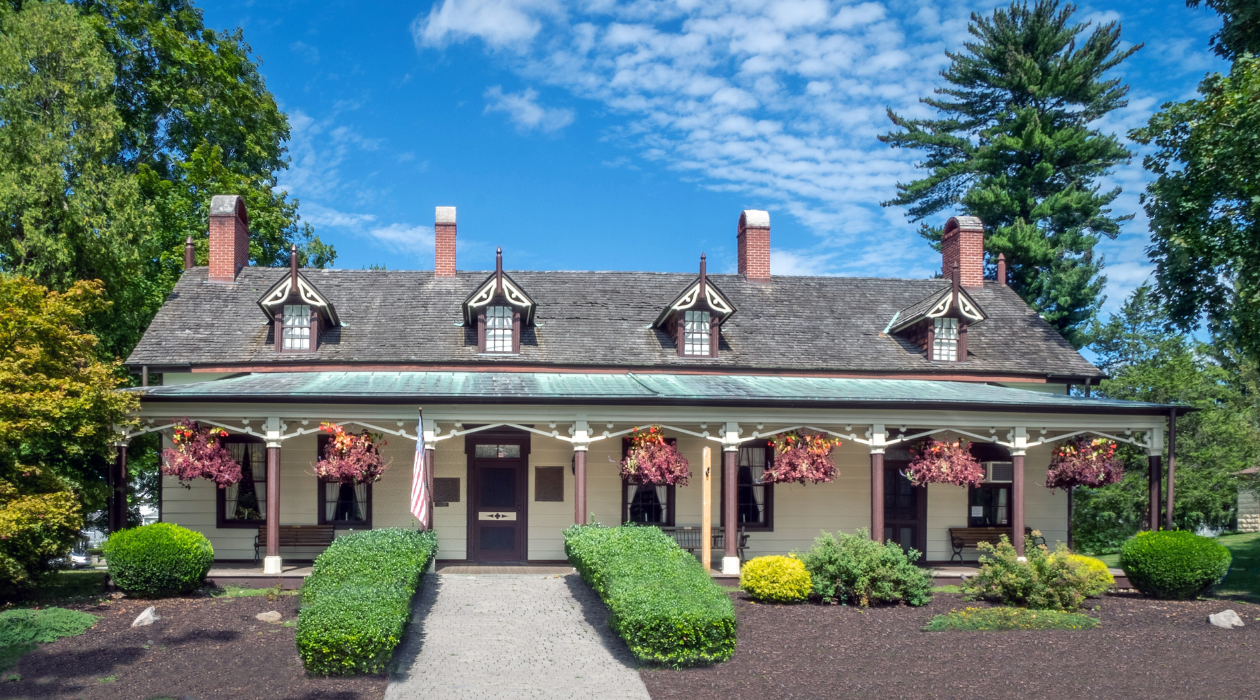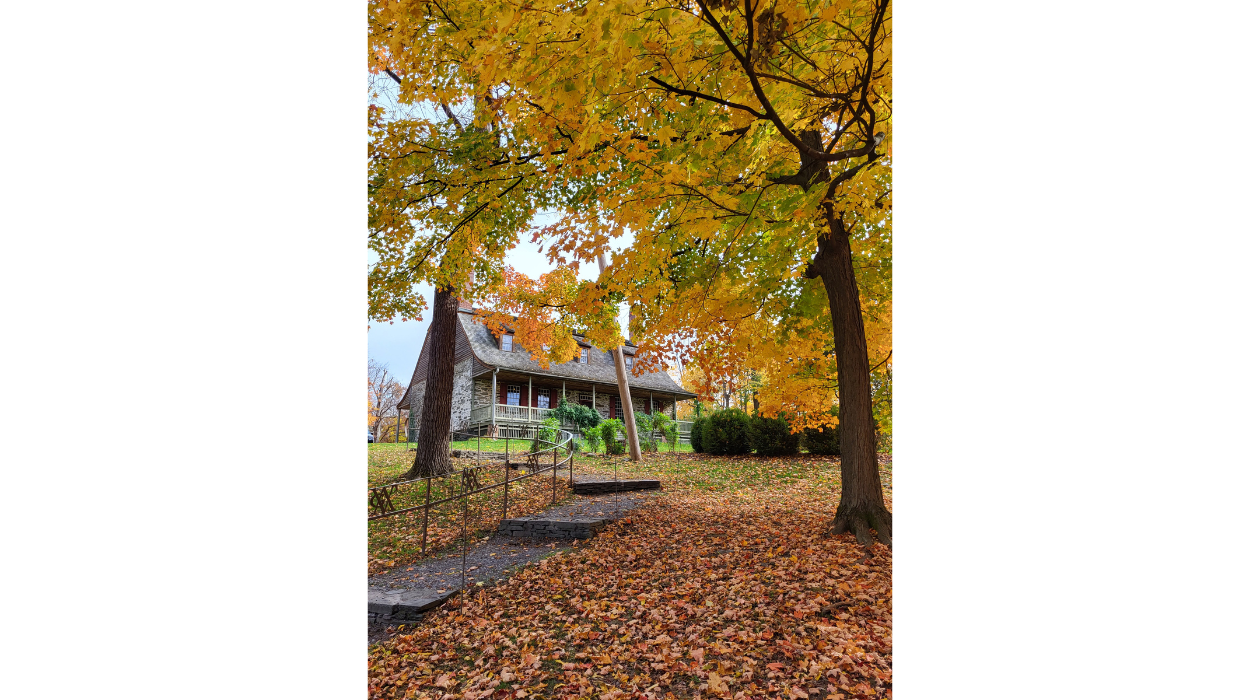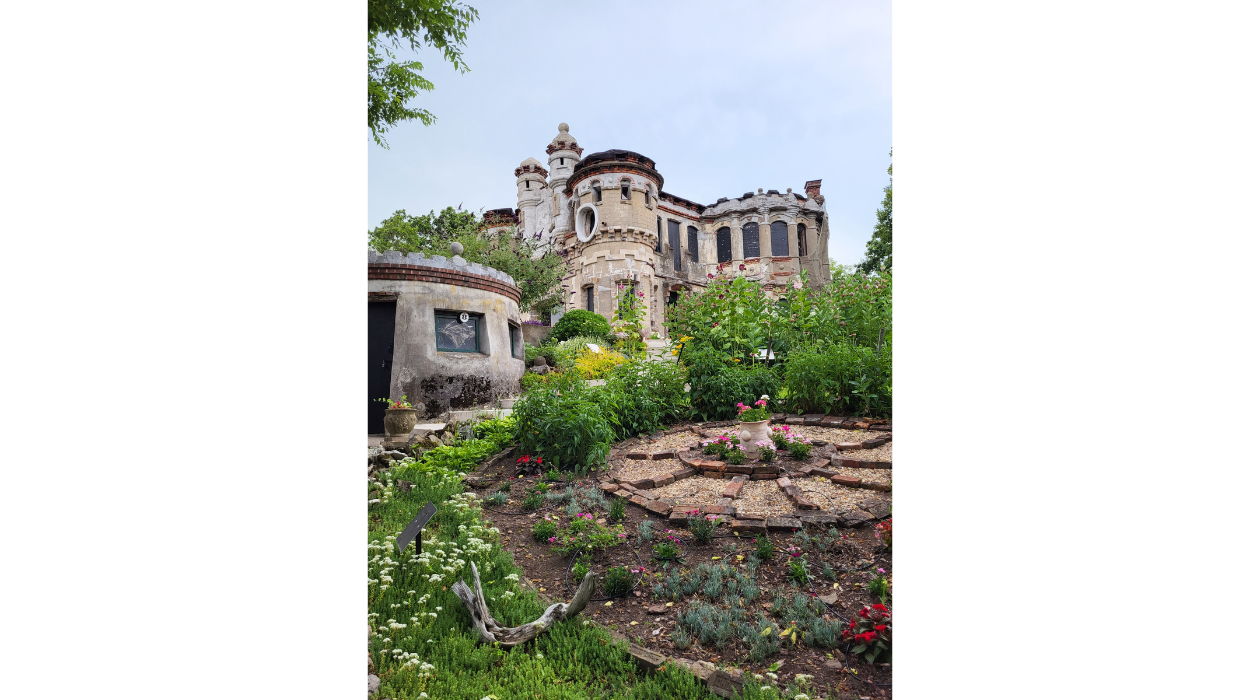

Dutchess County’s history and culture have been shaped by Indigenous peoples, First Nations and Native Americans who call the Hudson Valley home. Immerse yourself in vibrant Indigenous art from contemporary creators, discover natural destinations and historic sites important to the community and examine history through enriching events.
• Indigenous New Age Music (Saturday, Oct. 4, 7 p.m., at The Stissing Center for Arts and Culture, Pine Plains): The Stissing Center welcomes R. Carlos Nakai with percussionist Will Clipman for an unforgettable evening, including songs from their album “Awakening the Fire.” Of Navajo–Ute heritage, Nakai is the world’s premier performer of the Native American flute. With more than 50 albums, two Gold Records, and eleven GRAMMY nominations, he has brought this soulful instrument to stages across the U.S., Europe, and Japan. While rooted in tradition, Nakai’s music transcends genre—blending classical, jazz, new age, and world-beat influences in spellbinding performances.
• Rev250 Speaker Series: "Lenape Perspectives on the Revolution" (Saturday, Oct. 18, 4 p.m., at the Elmendorph Inn, Red Hook): Historic Red Hook presents this program by Hadrien Coumans and Joe Baker. Coumans is the Co-Founder and Executive Director of the Lenape Center and a traditionally adopted member of the WhiteTurkey-Fugate family. He is also a faculty associate at Columbia University’s Mailman School of Public Health. Baker is an enrolled member of the Delaware Tribe of Indians, a direct descendant of notable Lenape leaders, and the Co-Founder and Deputy Director of the Lenape Center. He is dedicated to Lenape cultural preservation and public education. This program is part of Historic Red Hook's Fall Rev250 Speaker Series at the Elmendorph Inn featuring five talks on the Revolution’s impact in Dutchess County and the evolving cultural landscape of the Hudson Valley.
• Julia Keefe Indigenous Big Band (Saturday, Nov. 1, 7 p.m., at the Fisher Center at Bard College, Annandale-on-Hudson): Celebrate the start of Native American Heritage Month with the Julia Keefe Indigenous Big Band — a powerhouse ensemble of Native and Indigenous jazz musicians. Led by the celebrated vocalist and luminary Julia Keefe (Nez Perce), the ensemble brings charisma, passion, and purpose to every stage, leaving audiences both inspired and educated. Songs have always been the vessels of stories and lessons for the Indigenous people of the Americas, and the Julia Keefe Indigenous Big Band aims to celebrate and continue that tradition. Their performance in the Sosnoff Theater at the Fisher Center is sure to be an unforgettable experience. Before the show (5:30 p.m.), enjoy complimentary seasonal bites by Chef Taelor Barton (Cherokee Nation) and explore a makers market featuring local and Indigenous jewelry and other wares, as well as information about local organizations, Bard’s affiliated programs, and more.
• "The Lenape People in the Hudson Valley" (Saturday, Nov. 15, 1 p.m., at Mount Gulian Historic Site, Beacon): For more than 12,000 years, the ancestors of the Lenape culture lived and thrived in Lenapehoking, the land of the Lenape, which included the Hudson Valley. Local tribes such as the Wappinger, Esopus and Tappan encountered Henry Hudson along the Mahicannituck in 1609. The Mount Gulian property was identified as the site of temporary Lenape encampments, and was also the site of the Rombout Patent of 1683, which was the selling of much of Dutchess County by the Lenape to colonial settlers. Interaction with the Europeans forced the Lenape to develop survival strategies, resulting in a group leaving the area to live elsewhere. This talk, given by Harv Hilowitz, a Contributing Scholar for the Maritime Museum in Kingston, will focus on Lenape life-ways before the Contact Period and delve into the Lenape diaspora, and the current renaissance and return to the area. To purchase tickets, call (845) 831-8172 or email info@mountgulian.org. Payment may be made the day of the event.

Tour Mesier Homestead in the charming Village of Wappingers Falls, and learn about the Wappinger (Wappani) tribe’s culture through a collection of artifacts. The name Wappinger is derived from “Wapinkw”, meaning opossum and Eastern People. The Dutch added "er" to the name. The Wappinger peoples were related to the Algonquins, and inhabited the lands east of the Hudson River stretching from New York City north to the capital region. More than 2,000 objects belong to the collection at Mesier Homestead, some of which date back nearly 8,500 years ago. Tools like scrapers, hatchets, knives and projectiles like spear points and arrowheads provide insight into the approach and lifestyle of the Wappinger people. Professor and archaeologist Thomas Lake examined and cataloged the collection in 2012, helping to tell the story of hunting, farming, trading and celebrations of the Wappinger. See these items on a guided tour, offered on weekdays by reservation and on select Sundays. To make your reservation, click here.

In 1685, Gulian Verplanck and Francis Rombout purchased the land Mount Gulian stands on from the Native Amerians who lived there. The 85,000-acre parcel was exchanged for about $1,200 worth of goods. Prior to this purchase, the Lenape used this property as a seasonal encampment along the Hudson River. A guided tour of the historic site highlights the many fascinating people and events that have been linked through the centuries to Mount Gulian, where the Verplanck family built their homestead around 1730, and where patriot General Friedrich Von Steuben established his headquarters during the Revolutionary War. To learn more, click here.
.png)
Participate in an iconic tradition by walking stretches of the Appalachian Trail through Dutchess County. The Harlem Valley Appalachian Trail Conservancy strives to celebrate and conserve the cultures of the diverse peoples that have called these lands home. Schaghticoke ancestral homelands cover the Hudson Valley and Harlem Valley regions of New York, and extend through neighboring portions of modern-day Massachusetts and Connecticut. In fact, historical documentation of the Schaghticoke peoples in this region dates to the 1670s. Schaghticoke means “the mingling of waters”, and carries the special significance of referring to where local watersheds join as well as the merged union of related Algonquin speaking tribes. For more resources from Schaghticoke First Nations, click here.
Today, Appalachian Trail through-hikers can climb to the top of Schaghticoke Mountain via Dutchess County trailheads. On these trails, visitors can see the beloved Dover Oak, the oldest known tree on the AT which has a 22-feet circumference and is estimated to be over 300 years old. Be sure to keep the tranquil trails and beautiful landscapes of Eastern Dutchess as you found it by “carrying in-carrying out”. For more hidden-gem hikes, get our Zen Finder outdoor experience passport.

There is little historical evidence that the Native American tribes living along the Hudson River—The Wappinger, The Algonquin and the Lenni-Lenape, among others—also inhabited Pollepel Island. However, they were aware of the island and there is documentation supporting references to it. One group referred to the island as “Manahtis”, meaning “small island”. Another designated it the “divider of the waters”. Though few artifacts have been uncovered on the island, major excavations uncovered well-developed Indigenous encampments on the eastern shore of the Hudson River facing Pollepel Island directly. These researchers discovered and identified oyster shell mounds and other tools. In fact, Francis Bannerman VI found a centuries-old arrowhead on the island, so Indigenous activities on the island may be revealed in the future through ongoing research. According to local legend, the island was considered haunted by several groups, and the Dutch sailors in the area often told fanciful tales of what happened to them on and around the island.
Today, from May-October, Bannerman Castle on Pollepel Island can be toured via ferry ride from Beacon. Just steps away from the MTA Beacon Train Station, board the Estuary Steward and explore the island, discovering the ruins of a medieval-style castle as well as live performances, screenings and living history events. For more, click here.